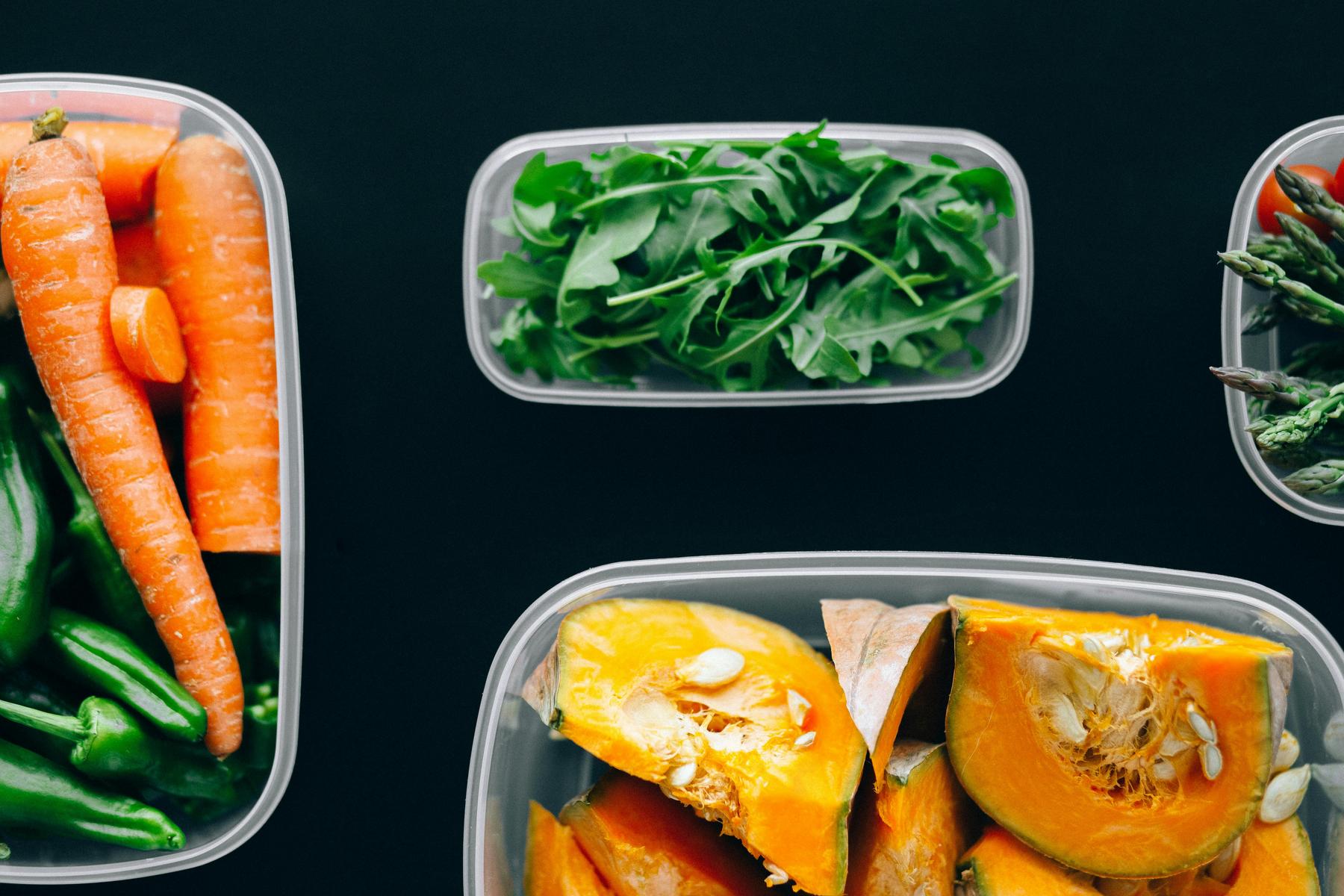In the landscape of modern nutrition, ultra-processed foods have become ubiquitous in Australian kitchens. These industrial formulations—engineered for hyper-palatability, convenience, and extended shelf life—now constitute a staggering 42% of daily caloric intake for the average Australian. This dietary shift carries significant implications for our waistlines. Landmark research conducted by the NIH’s Metabolic Clinical Research Unit demonstrates that participants consuming ultra-processed diets unknowingly ingested 500 excess daily calories, gaining nearly a kilogram within just two weeks. Conversely, when the same individuals switched to minimally processed alternatives, they spontaneously reduced their caloric intake and lost weight—without explicit instructions to eat less. As rates of obesity continue to climb across Australia, understanding the relationship between processed foods and weight management has become essential for effective, sustainable weight loss.
What Makes Processed Foods So Problematic for Weight Loss?
The challenge with processed foods begins with understanding what they actually are. The NOVA classification system, widely adopted by nutritional researchers, categorises foods based on their degree of industrial modification:
- Unprocessed/minimally processed foods: Whole fruits, vegetables, grains, meats, and dairy without industrial additives
- Processed culinary ingredients: Oils, butter, sugar, and salt used in meal preparation
- Processed foods: Canned goods, cheeses, and cured meats with added preservatives
- Ultra-processed foods: Industrial formulations containing cosmetic additives, hydrolyzed proteins, and synthesized compounds like high-fructose corn syrup
It’s primarily the fourth category—ultra-processed foods—that poses significant obstacles to weight management. These products systematically displace essential nutrients while delivering a problematic nutritional profile. Compared to their unprocessed counterparts, ultra-processed options typically contain:
- 47% less fibre
- 32% less protein
- 750% more free sugars
- 210% more sodium
- 65% more saturated fats
This dramatic nutrient displacement undermines the body’s natural satiety mechanisms. Simulation modelling indicates that replacing just half of ultra-processed foods with minimally processed alternatives reduces daily energy intake by approximately 1,689 kJ (404 kcal)—a substantial caloric reduction that occurs naturally, without conscious restriction.
How Do Ultra-Processed Foods Affect Our Body’s Weight Regulation Systems?
The relationship between ultra-processed foods and weight gain extends beyond simple caloric density. Multiple physiological mechanisms explain why these products promote weight gain even when matched for calories with whole food alternatives:
Disrupted Hunger-Satiety Signalling
Ultra-processed foods fundamentally alter our hormonal response to eating. In controlled feeding studies, participants consuming ultra-processed meals showed:
- 10.4% increase in ghrelin (the “hunger hormone”)
- 16.7% decrease in PYY (an appetite-suppressing hormone)
These hormonal shifts create a biological environment that drives continued eating, even after sufficient calories have been consumed.
Accelerated Eating Rates
The physical properties of ultra-processed foods—soft textures requiring minimal chewing—enable consumption at rates 17% faster than whole foods. This accelerated eating bypasses critical satiety cues, as demonstrated by MRI studies showing reduced hypothalamic response to nutrients when food is consumed rapidly.
Microbiome Disruption
Emulsifiers and non-caloric sweeteners common in ultra-processed formulations alter gut microbiota composition in ways that promote weight gain. Laboratory research demonstrates these additives can:
- Reduce protective colonic mucus thickness by 42%
- Increase intestinal permeability by up to 300%
- Upregulate inflammatory cytokines associated with metabolic dysfunction
Reward Pathway Overstimulation
Perhaps most concerning is the neurological impact of ultra-processed foods. Functional MRI studies reveal these products overactivate dopaminergic midbrain regions through synergistic fat-carbohydrate combinations rarely found in natural foods. This neuroadaptation creates withdrawal-like cravings when these foods are removed from the diet, explaining the 78% relapse rates observed in some dietary intervention studies.
What Does Research Tell Us About Reducing Processed Foods for Weight Loss?
The epidemiological evidence linking ultra-processed food reduction to weight loss is compelling, particularly in Australian populations:
A cross-sectional analysis of 7,411 Australian adults found ultra-processed food consumption directly associated with:
- BMI increase of 0.97 kg/m² per quintile increase in consumption
- Waist circumference expansion of 1.92 cm
- 61% higher odds of obesity (OR 1.61, 95% CI 1.27–2.04)
These relationships persisted across age, sex, and physical activity levels, with the highest consumers deriving 58% of their calories from ultra-processed sources.
The most definitive evidence comes from randomised controlled trials examining weight outcomes when ultra-processed foods are reduced. The NIH conducted a landmark crossover trial comparing ultra-processed versus minimally processed diets matched for macronutrients and calories:
| Diet Phase | Calories/Day | Weight Change | Ghrelin | PYY |
|---|---|---|---|---|
| Ultra-processed | 3,080 kcal | +0.9 kg | +10.4% | -16.7% |
| Minimally processed | 2,580 kcal | -0.9 kg | -5.2% | +23.1% |
Despite being offered identical portions and encouragement to eat until satisfied, participants spontaneously consumed 500 fewer calories daily when eating minimally processed foods. This caloric reduction occurred without instructions to limit portions or count calories—suggesting that dietary quality shifts can drive weight loss through natural appetite regulation rather than conscious restriction.
How Can You Successfully Reduce Processed Foods in Your Diet?
Transitioning away from ultra-processed foods requires strategic approaches based on behavioural science. An 8-week randomised trial combining nutrition education with weekly meal planning achieved remarkable results:
- 49% reduction in ultra-processed calorie intake
- 612 kcal/day natural caloric deficit
- 3.5 kg mean weight loss
The most effective reduction strategies include:
Identifying Hidden Ultra-Processed Ingredients
Many ostensibly “healthy” products contain ultra-processed components that aren’t immediately obvious. Learning to identify ingredients like maltodextrin, soy protein isolate, and hydrogenated oils enables informed choices. The Australian Dietary Guidelines provide a framework for identifying minimally processed alternatives that deliver greater satiety and nutritional value.
Implementing Practical Food Swaps
Simple substitutions can dramatically reduce ultra-processed food consumption without sacrificing convenience:
- Rolled oats instead of breakfast cereal
- Fresh fruit instead of fruit-flavoured snacks
- Homemade dressings instead of commercial varieties
- Water or tea instead of soft drinks
- Plain yoghurt with fresh fruit instead of flavoured varieties
Managing Cravings Through Protein Prioritisation
Research indicates that “protein leverage”—chronic overeating to obtain adequate protein from nutrient-poor sources—drives excess consumption of ultra-processed foods. Prioritising high-quality protein sources at meals naturally reduces cravings for ultra-processed alternatives. Australian studies demonstrate that meals containing 25-30g of protein significantly reduce subsequent snacking on ultra-processed options.
Why Is professional support Important When Changing Your Diet?
While reducing processed foods appears straightforward in principle, implementation often proves challenging due to the addictive-like properties of these foods and the ubiquity of ultra-processed options in our food environment. Evidence strongly supports the value of professional guidance for sustainable dietary changes.
A 6-month telehealth trial integrating video consultations, telemonitoring, and health coaching demonstrated the power of professional support:
| Outcome | Intervention Group | Control Group |
|---|---|---|
| Weight loss | -6.2 kg | -1.1 kg |
| Waist circumference | -7.3 cm | -2.4 cm |
| Fat mass | -4.1 kg | -0.7 kg |
Participants receiving multimodal telehealth support maintained 83% of weight loss at 12 months versus just 31% in controls without professional guidance. This dramatic difference in maintenance underscores the value of ongoing professional support—particularly in navigating the psychological challenges of reducing ultra-processed food consumption.
Australian telehealth programs have demonstrated particular efficacy in supporting dietary change, achieving 3.9 kg mean weight loss through remote nutrition counselling. The integration of medical supervision with dietary guidance creates powerful synergies for those seeking significant and sustainable weight reduction.
Medically supervised weight management programs show superior outcomes when combining:
- Structured meal planning focused on minimally processed foods
- Cognitive behavioural therapy for managing cravings
- Professional monitoring and accountability
This integrated approach addresses both the physiological and psychological aspects of reducing processed food consumption, creating sustainable pathways to weight management even in environments saturated with ultra-processed options.
The Future of Healthy Eating: Combining Personal Choice With Professional Support
The evidence is clear: reducing ultra-processed foods represents one of the most effective strategies for sustainable weight management. The transition from industrial formulations to minimally processed alternatives addresses multiple pathways driving weight gain—from hormonal disruption to reward pathway dysregulation. This approach does not require conscious caloric restriction, instead allowing natural satiety mechanisms to regulate intake appropriately.
However, the power of professional support cannot be overstated. The combination of evidence-based dietary guidance with medical supervision creates optimal conditions for sustainable weight loss. Telehealth platforms have democratised access to this professional support, making expert guidance available to Australians regardless of location.
As we continue to confront rising obesity rates, the focus on reducing ultra-processed foods offers a pragmatic, evidence-based approach that aligns with our evolutionary biology and nutritional needs. By prioritising minimally processed foods while leveraging professional support, Australians can achieve meaningful, sustainable weight management—even within our modern food environment.
Skip the struggles. Our patients achieve <20.2% weight reduction with medical weight loss treatments delivered straight to their door. No clinics. No waiting. Just results. See if you’re eligible for our medical weight loss treatments – take our quiz.
What exactly qualifies as an ultra-processed food?
Ultra-processed foods are industrial formulations containing ingredients never or rarely used in domestic cooking. According to the NOVA classification system, these include products containing cosmetic additives, hydrolyzed proteins, high-fructose corn syrup, and synthesized compounds. Common examples include mass-produced breads, ready-to-heat meals, fast food, breakfast cereals, carbonated beverages, flavoured yoghurts, and most packaged snacks.
How quickly can I expect to lose weight by reducing processed foods?
Clinical research demonstrates that significant weight loss can begin within two weeks of reducing ultra-processed foods. For instance, the NIH study observed a weight loss of around 0.9 kg over 14 days when participants switched from an ultra-processed to a minimally processed diet. Longer interventions, such as 8-week programs, have achieved an average loss of 3.5 kg.
Can I include some processed foods in my diet and still lose weight?
Yes, moderate consumption of processed foods (that are not ultra-processed) can be compatible with weight loss. The key is to progressively reduce ultra-processed items and focus on minimally processed alternatives, which naturally lower caloric intake without complete restriction.
How does reducing processed foods compare to other weight loss approaches?
Reducing processed foods addresses multiple weight gain pathways by normalizing appetite regulation rather than relying solely on caloric restriction. Evidence suggests this approach can yield sustainable weight loss, especially when combined with professional support, as seen in telehealth-supported medical weight loss programs.
What’s the most effective way to manage cravings for processed foods?
Effective strategies include prioritizing high-quality protein at meals, gradually reducing processed food intake to minimize withdrawal-like symptoms, and using structured meal planning with minimally processed alternatives. For those with persistent cravings, professional guidance through telehealth programs can provide comprehensive support.



